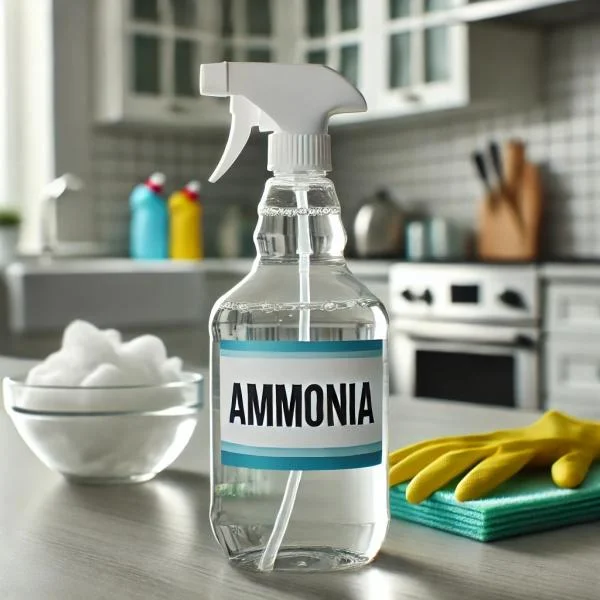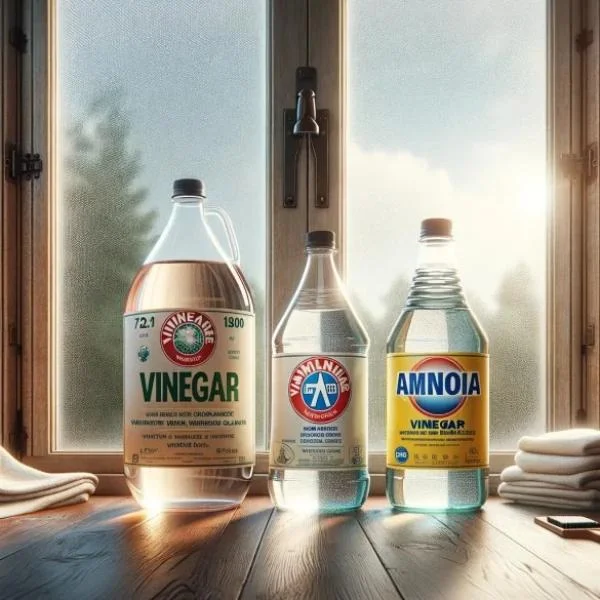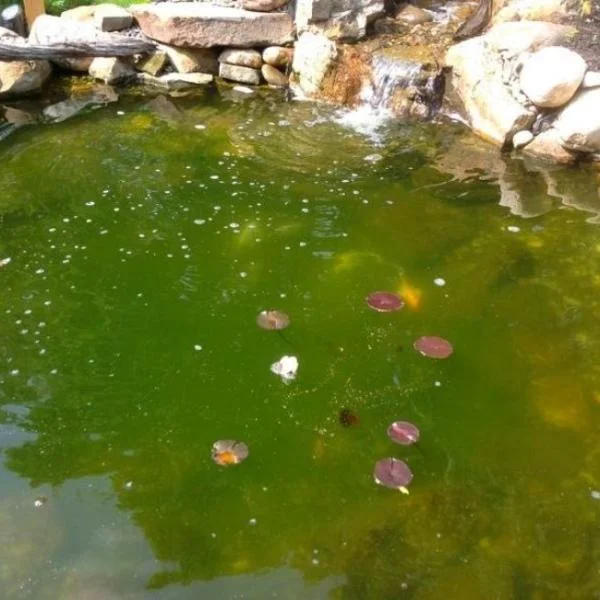
When it comes to household cleaning, bleach and ammonia are two powerful agents often used for various purposes. However, combining these chemicals can create dangerous reactions, producing toxic gases that can lead to serious health risks. This article explores why you should avoid mixing bleach and ammonia, explains the chemical reactions involved, and offers safe alternatives for effective cleaning.
Why People Use Bleach and Ammonia in Household Cleaning
Both bleach and ammonia are commonly used in household cleaning because of their effectiveness in breaking down dirt, grime, and bacteria:
- Bleach is a powerful disinfectant and stain remover. Known for its ability to eliminate pathogens, bleach is often used to sanitize surfaces in kitchens and bathrooms.
- Ammonia is a versatile cleaner that effectively cuts through grease, making it popular for glass, mirrors, and kitchen surfaces.
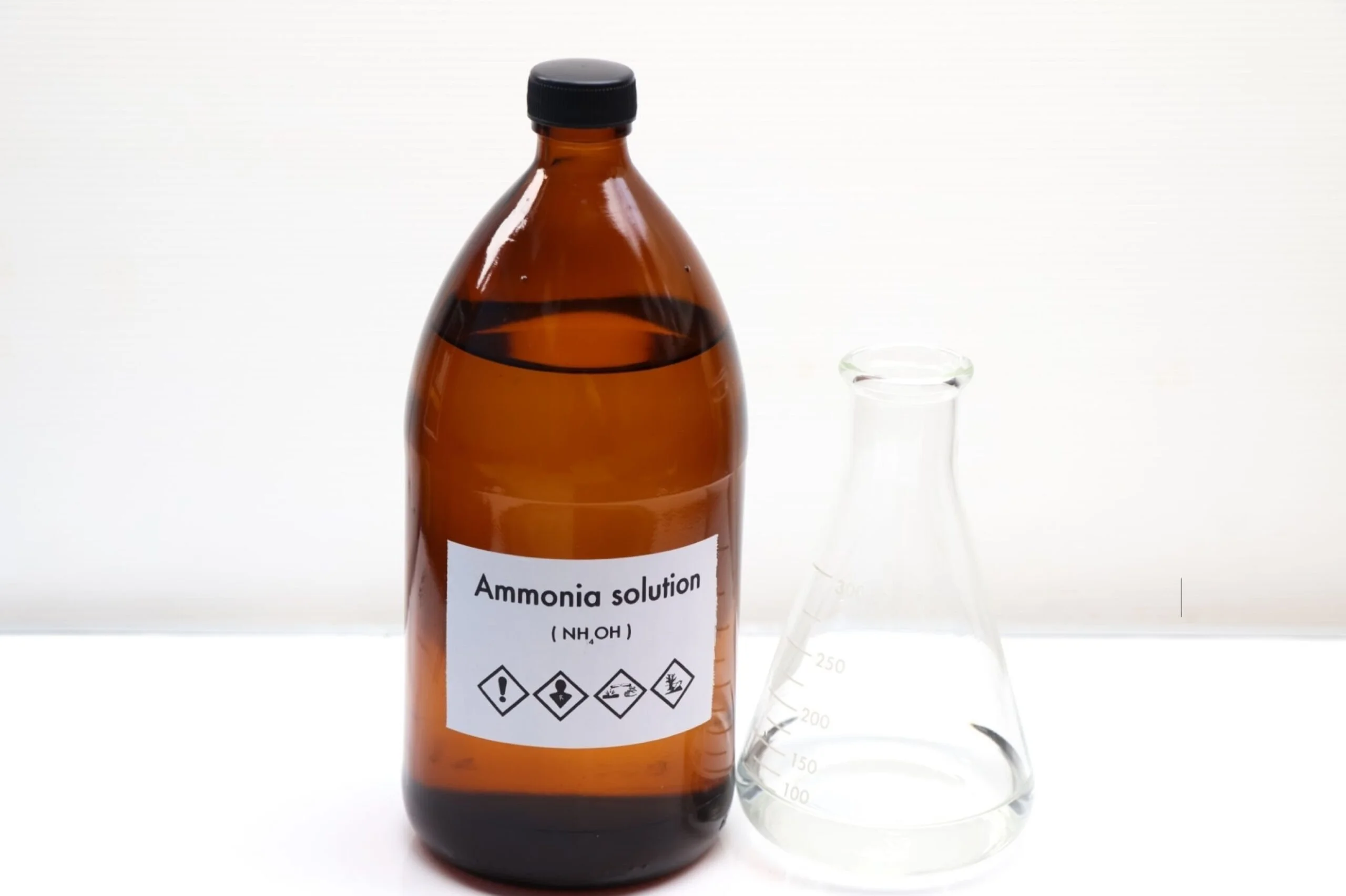
Despite their cleaning strength, these chemicals are never meant to be used together due to the potential hazards.
The Chemistry Behind Mixing Bleach and Ammonia
When bleach and ammonia are mixed, they create a chemical reaction that produces chloramine vapors and, in certain conditions, hydrazine :
- Chloramine Gas : The initial reaction between bleach (sodium hypochlorite) and ammonia produces highly toxic chloramine gases. These gases cause respiratory issues and irritate the eyes, nose, and throat.
- Hydrazine Formation : In some cases, further reactions can lead to the formation of hydrazine, a highly toxic compound that is corrosive and harmful to human health.
Health Risks of Chloramine and Hydrazine Exposure
Exposure to chloramine or hydrazine gases can lead to significant health risks, including:
- Respiratory Issues : Breathing in chloramine gas can cause coughing, wheezing, shortness of breath, and even damage to lung tissues with prolonged exposure.
- Skin and Eye Irritation : Both gases can cause severe irritation to the eyes and skin, leading to burning sensations or rashes.
- Neurological Effects : Hydrazine exposure can result in dizziness, headache, nausea, and, in extreme cases, neurological damage.
- Severe Toxicity : High levels of exposure may lead to hospitalization due to chemical burns and poisoning.
Common Scenarios Where Mixing Can Occur Accidentally
In some cases, bleach and ammonia are mixed inadvertently, especially when dealing with tough cleaning tasks. Common scenarios include:
- Bathroom Cleaning : Many bathroom cleaning agents contain ammonia, which can interact dangerously with bleach-based toilet or tile cleaners.
- Pet Urine : Some pet urine contains ammonia, and using bleach in such areas can inadvertently cause a reaction.
- Kitchen Cleaning : Mixing multi-purpose cleaners with bleach solutions in kitchens may result in accidental exposure to chloramine.
These scenarios highlight the importance of reading product labels and being cautious about combining cleaning products.
Safe Alternatives to Mixing Bleach and Ammonia
To avoid the risks associated with mixing bleach and ammonia, consider these safe alternatives:
- Use Vinegar for Stubborn Stains : Vinegar is a natural cleaner that can remove grime and mineral deposits effectively. It careful not to mix vinegar with bleach, as this can also produce toxic gases.
- Baking Soda and Water : Baking soda is an excellent cleaning agent for scrubbing grime and stains. It is especially effective when paired with water or mild dish soap.

- Hydrogen Peroxide : For disinfecting, hydrogen peroxide is a safe alternative to bleach. It’s effective at killing bacteria and viruses without the risks associated with chloramine gas.
- Commercial Non-Toxic Cleaners : There are many eco-friendly cleaning products available that do not contain bleach or ammonia. Look for products that are labeled as safe and non-toxic.
Tips for Safe Handling of Cleaning Products
- Read Labels Carefully : Many cleaning products contain bleach or ammonia, even if it’s not immediately obvious. Always read the ingredients and warnings before using any product.
- Ventilate the Area : When using potent cleaners, ensure adequate ventilation to reduce the risk of inhaling harmful fumes.
- Wear Protective Gear : Gloves and goggles can protect your skin and eyes from accidental splashes and reduce exposure to fumes.
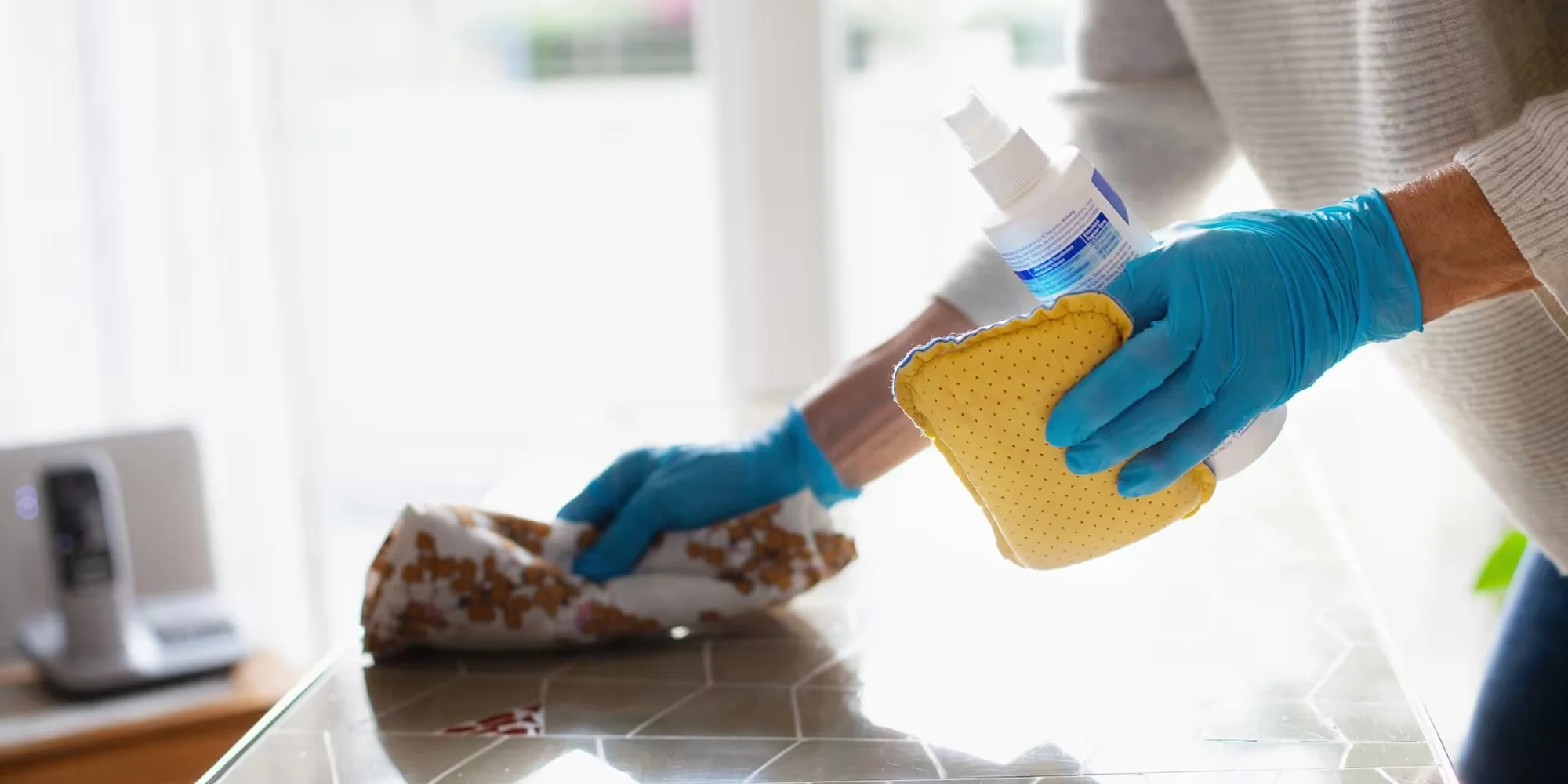
- Use Cleaners Separately : If using bleach and ammonia products in the same area, do so separately and rinse thoroughly between applications to avoid any unintentional mixing.
- Store Products Properly : Keep bleach and ammonia products in clearly labeled containers, away from each other to prevent accidental mixing.
The Role of Bleach and Ammonia in Different Cleaning Applications
While they should never be combined, each chemical has its strengths in specific applications:
- Bleach for Disinfection : Bleach is ideal for sanitizing surfaces, especially in areas with high bacteria levels, like bathrooms and kitchens.
- Ammonia for Degreasing : Ammonia’s alkaline properties effectively cut through grease and grime, particularly on kitchen surfaces and windows.
Recognizing each chemical’s unique properties allows for safer, more effective cleaning without the risks of mixing.
Conclusion
Both bleach and ammonia are effective cleaning agents, but they must be used carefully and never combined. Mixing the two results in the release of chloramine gas, a harmful compound that poses significant health risks. By understanding the unique strengths of each cleaner and following safety precautions, you can achieve a clean and sanitary environment without jeopardizing your health.
In summary, always prioritize safety by keeping bleach and ammonia separate, choosing safe alternatives when possible, and following appropriate handling practices. With the right approach, you can maintain a clean home without the risks associated with these powerful chemicals.
Related Articles
What Is Limescale and Why Should Care About It
Limescale is a common problem that affects many households, especially in areas with hard water. ...
Role of Ammonia in Everyday Cleaning and Industrial Applications
Ammonia is a versatile and widely used chemical compound with a significant role in both everyday ...
Essential Pond Treatments for a Healthy Ecosystem
A well-maintained pond creates a stunning focal point in any landscape while providing a thriving ...
Vinegar and Ammonia: How to Safely Use These Household Cleaners
Vinegar and ammonia are two powerful and popular household cleaners used for a variety of tasks. ...
Key Factors for Healthy Pond Water Quality
Pond water quality is crucial for maintaining a healthy aquatic ecosystem that supports fish, ...
How to Change Pond Water to Keep Your Pond Pristine
Maintaining a well-balanced ecosystem in your pond is all about keeping water quality in check. One ...


